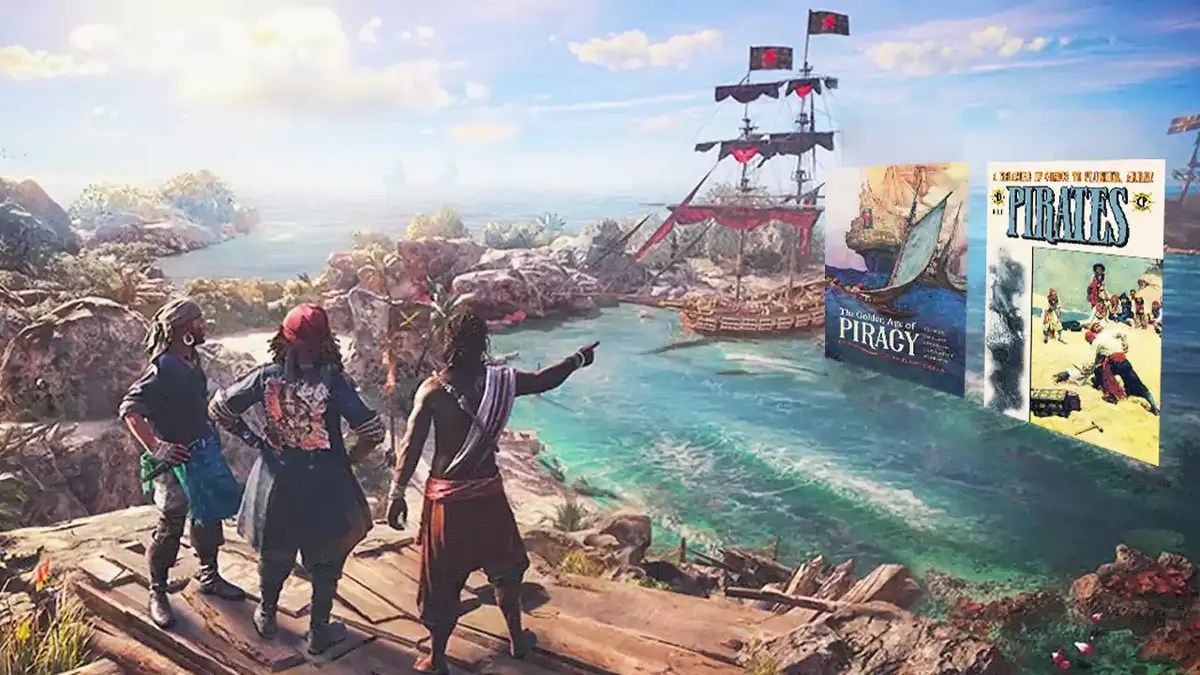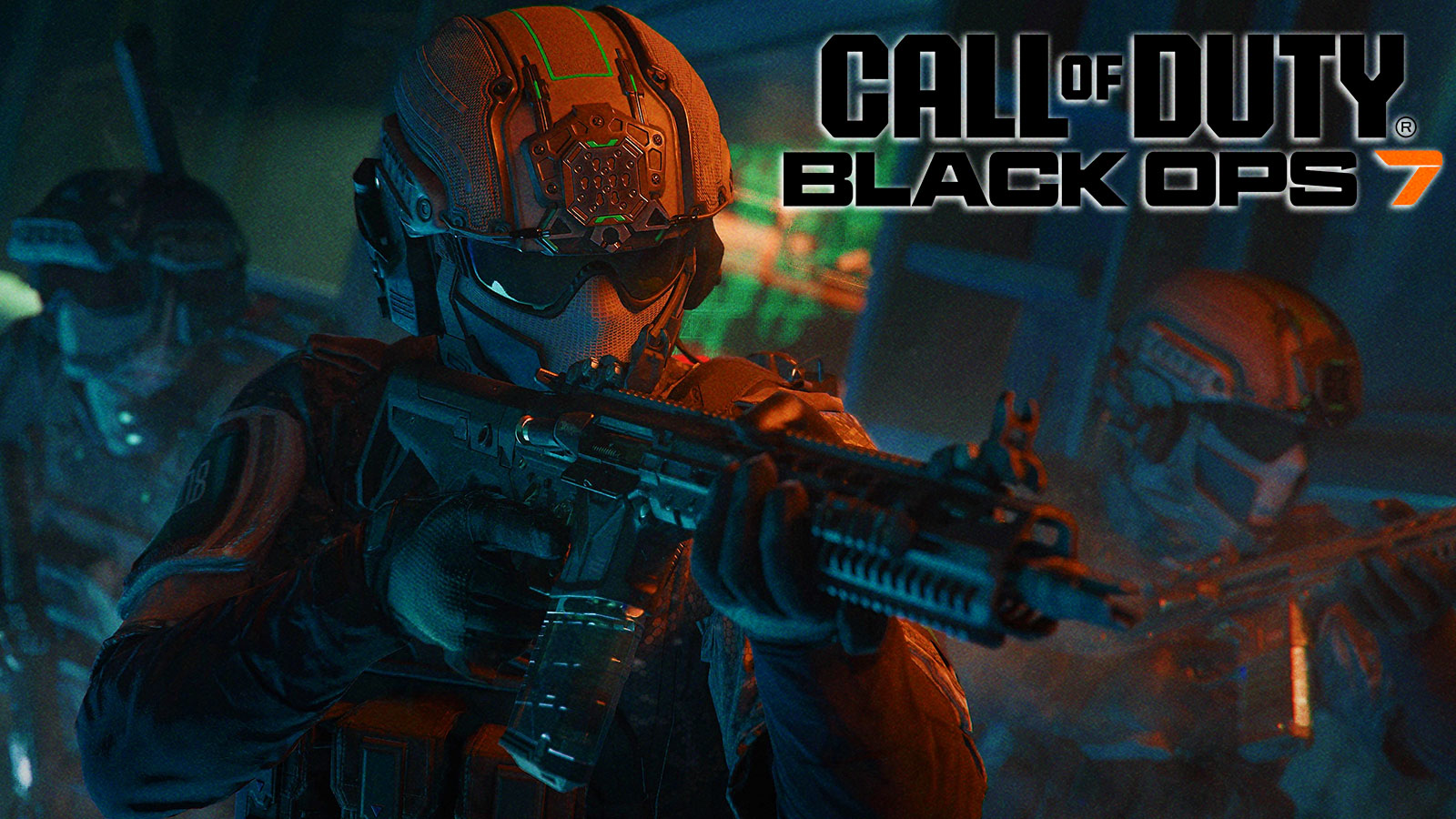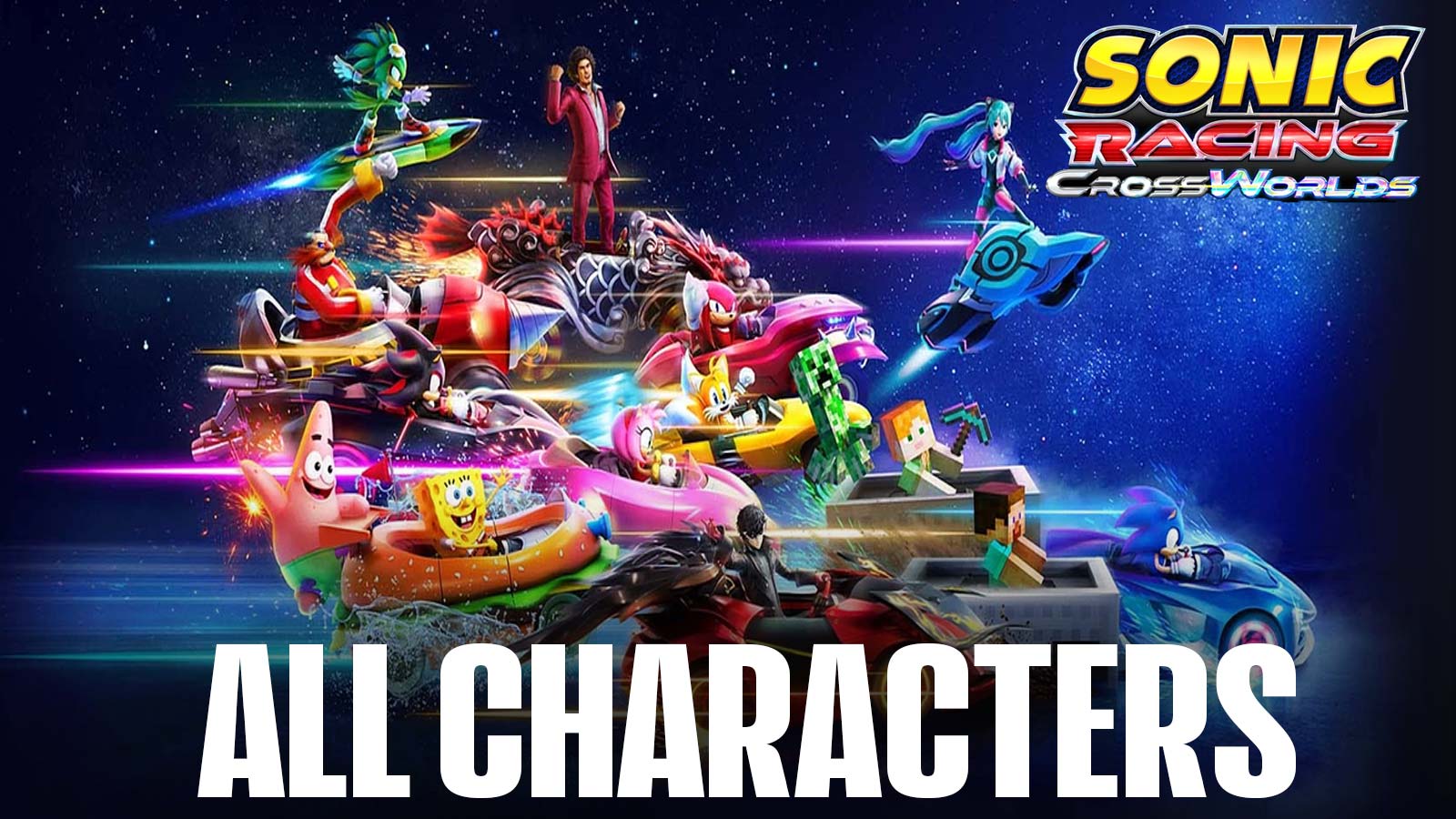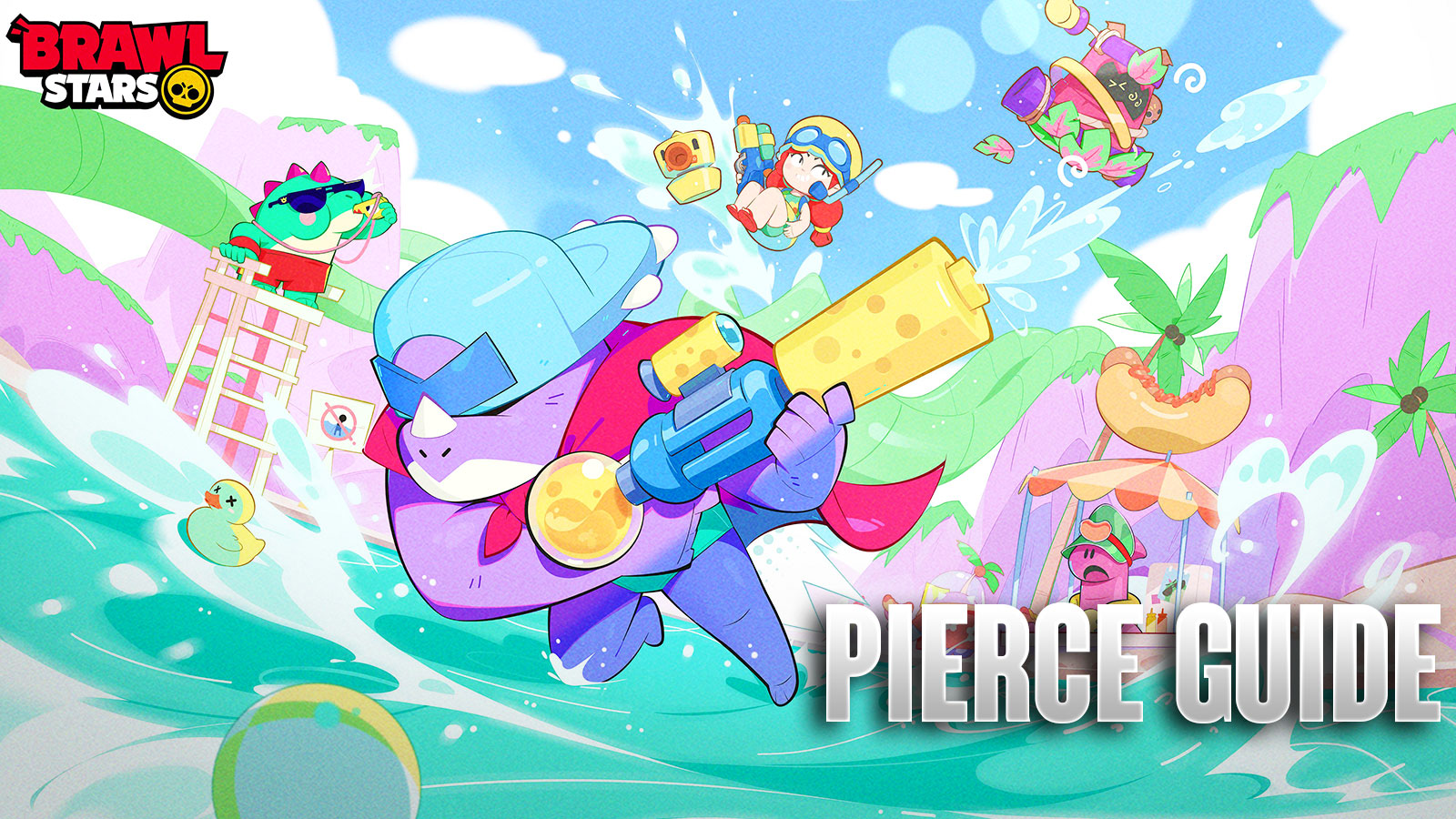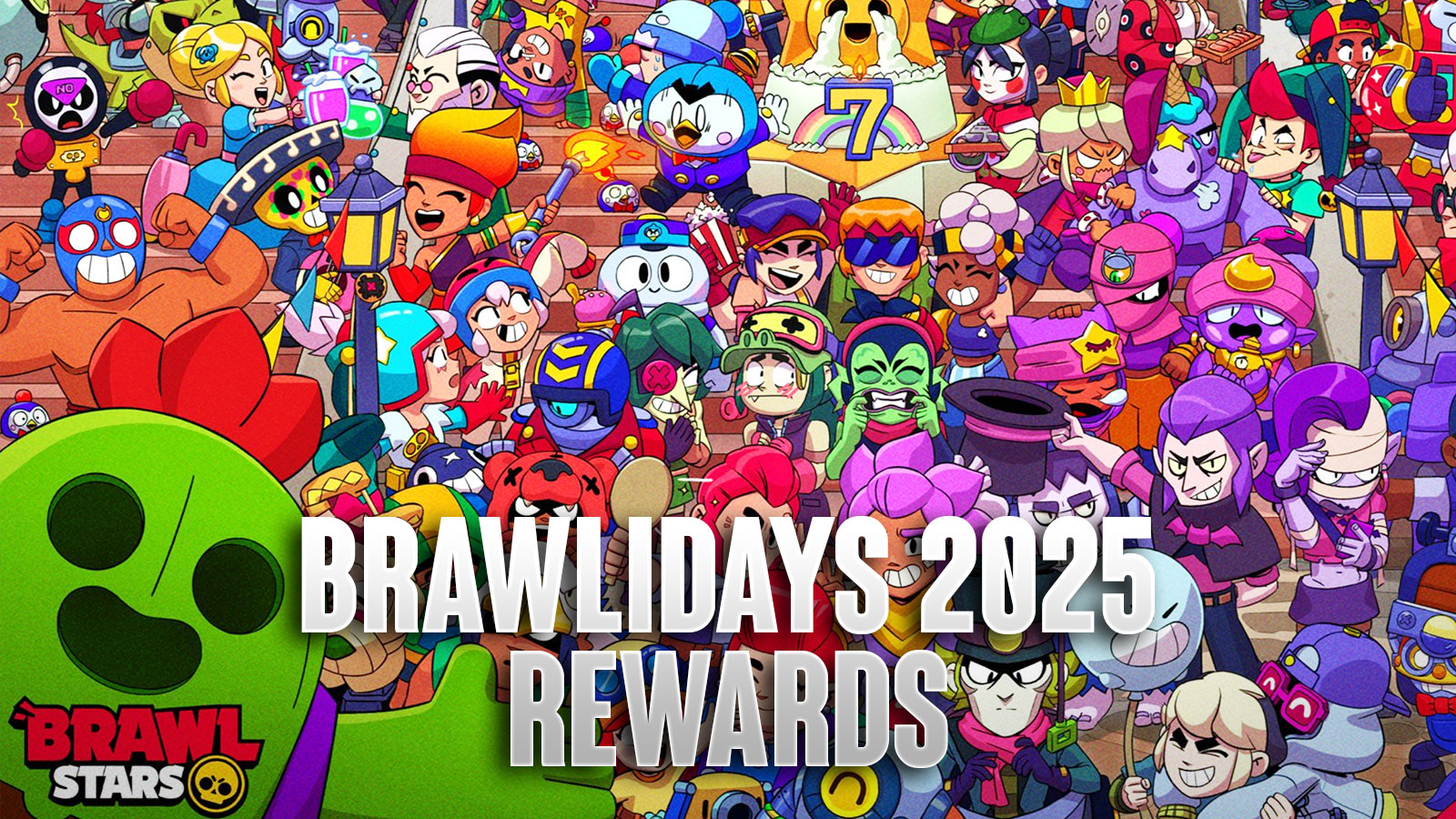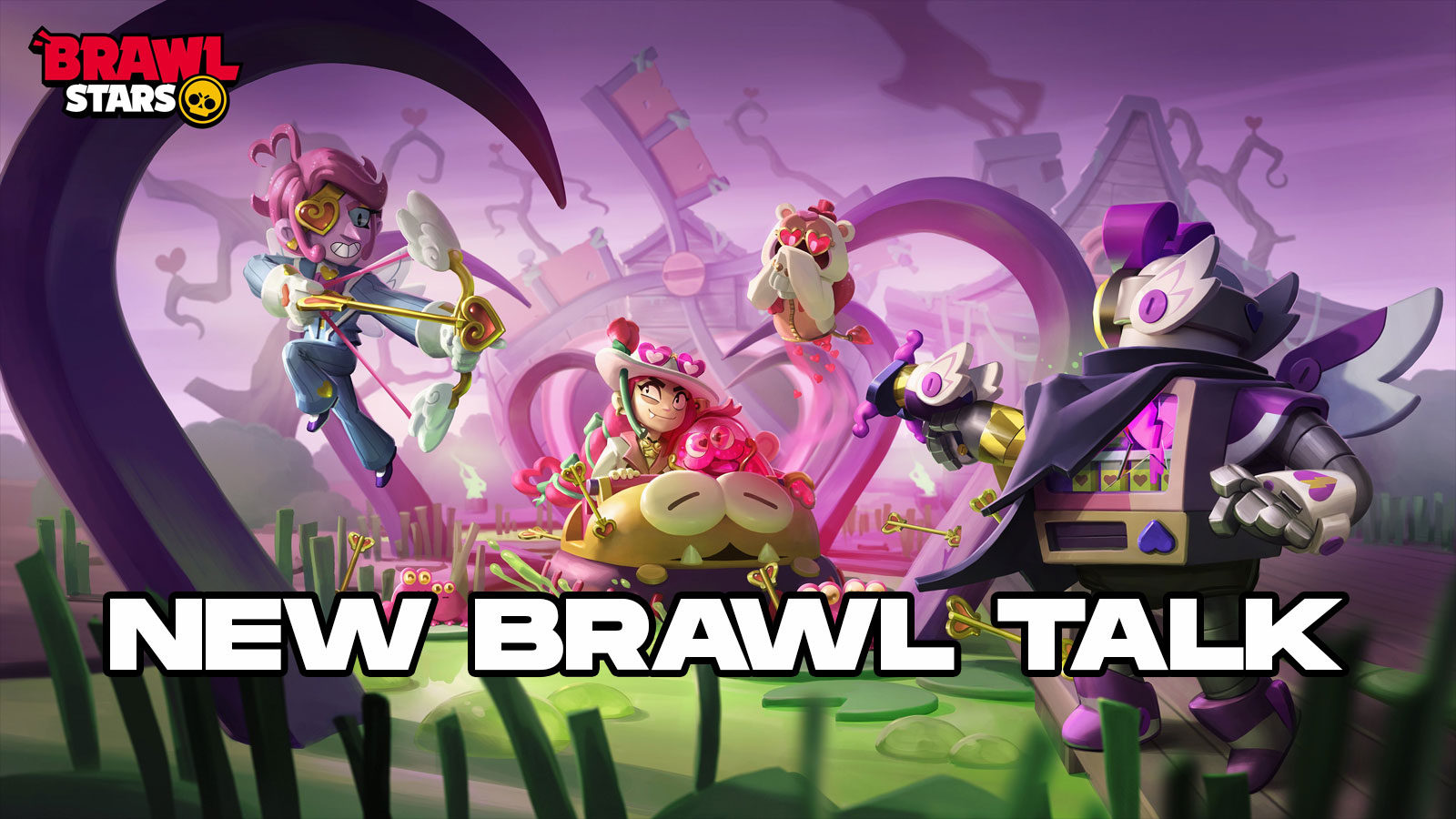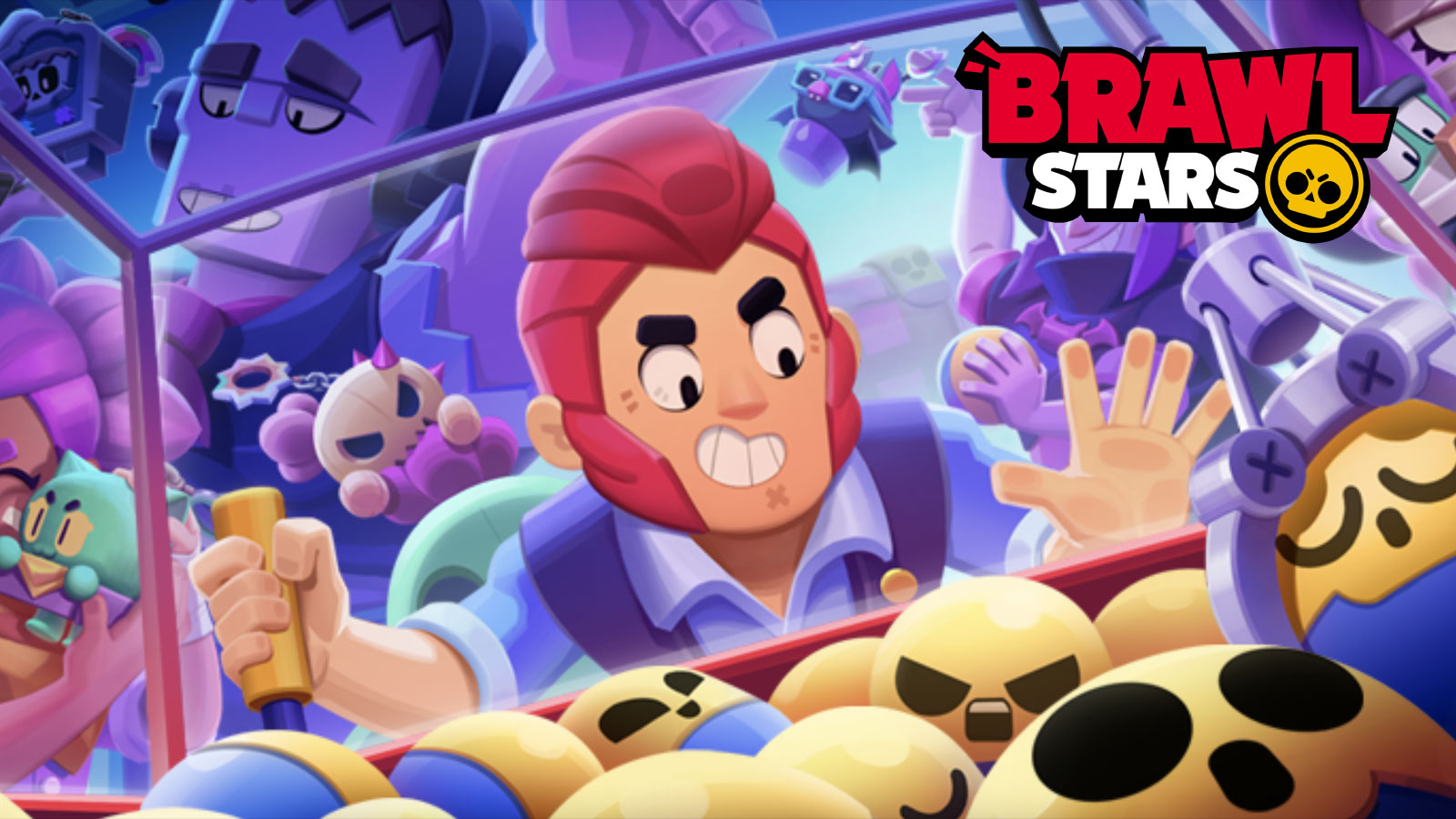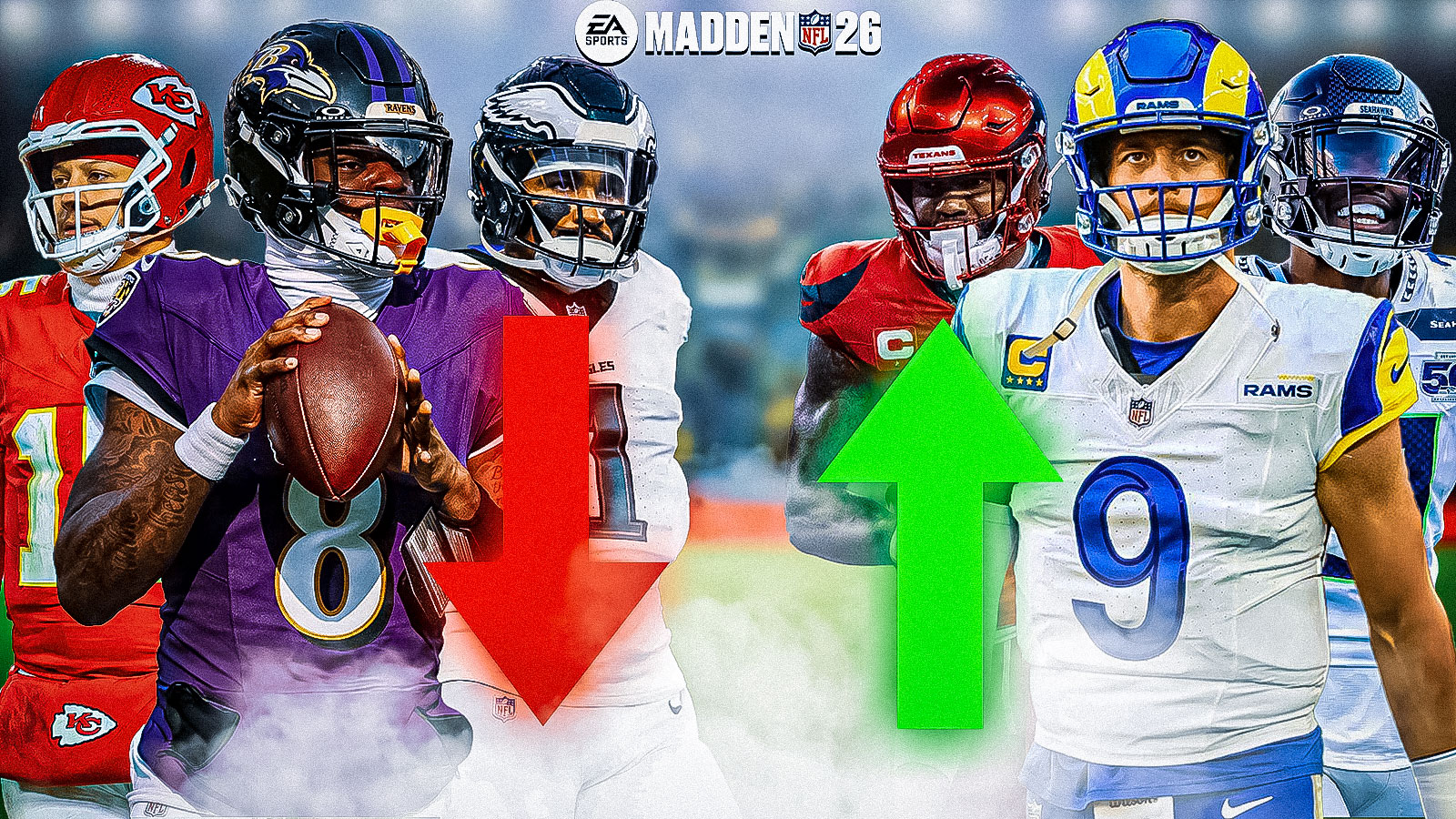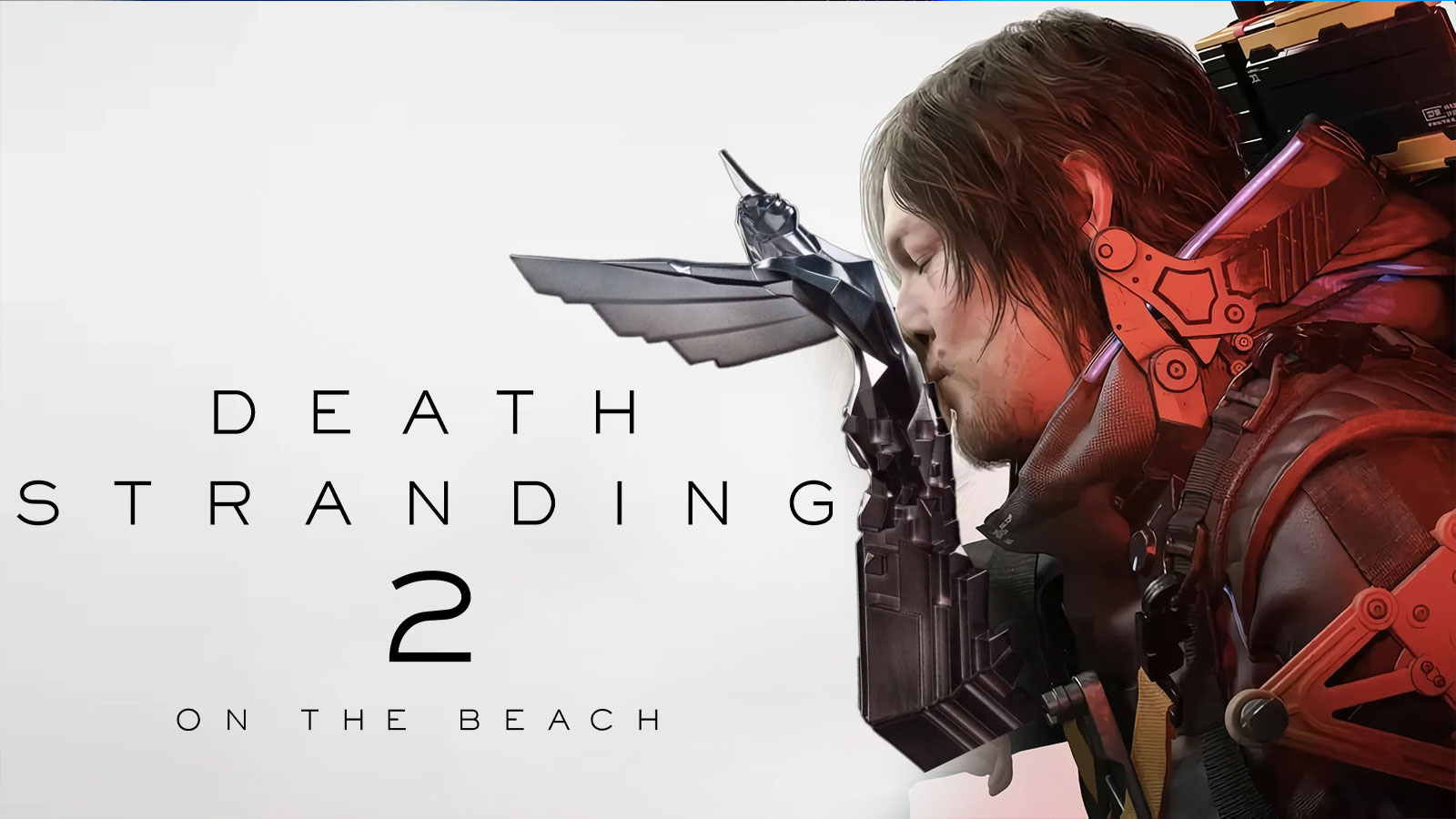Skull and Bones is described by Ubisoft developers Audrey Wong (Lead Level Artist) and Erik-Jon Evangelista (Associate Audio Director) as “historically-inspired” instead of a strict historical recreation, during a Ubisoft media event for the Skull and Bones launch in Singapore on Monday, February 5.
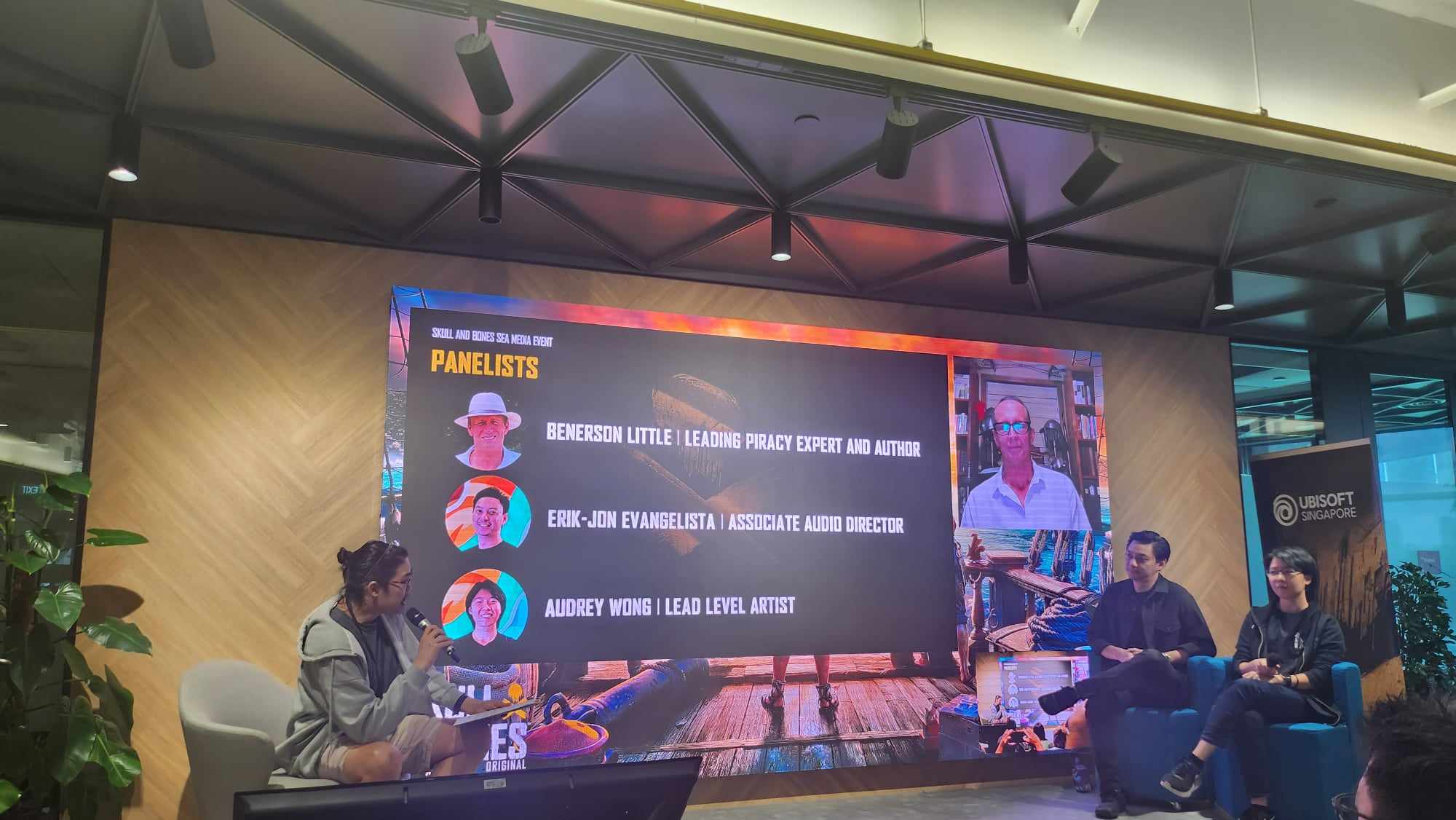
Ubisoft is well-known for creating games inspired by historical events, especially for its massively successful Assassin's Creed franchise. For those games, fans have come to expect a high degree of historical accuracy in the developers' depictions of people, locations, buildings, and cultures. Usually, Ubisoft consults with experts and historians, visits museums, do excursions and field trips, to maintain this high level of accuracy.
The approach has not been different with the development of Skull and Bones, with Ubisoft Singapore consulting with Piracy Expert and Author Benerson Little for information on the Indian Ocean pirates during the Second Golden Age of Piracy. However, how this figures into the game is different in Skull and Bones compared to Assassin's Creed, with historical accuracy not being absolute in Ubisoft's upcoming new game.
“Unless there's a storm or a rush to battle, [the daily life of a pirate] was pretty boring,” Little admitted, justifying the need to exaggerate and spice up the game's pirate life to make it more engaging for the player.
Not being too grounded in reality and historical accuracy allowed Ubisoft Singapore to craft a more creative, more expressive, and inventive game than it otherwise would have had it been constrained to the same strictness Ubisoft usually applies for its historical games. This approach is also in part an adaptation that Ubisoft Singapore had to make, given that there are few reliable historical sources for their setting, 17th-century Indian Ocean and Southeast Asia.
“We do use the words “creative liberty” quite a lot, I think more in terms of being practical for gameplay as well. As Benerson mentioned, otherwise sailing would be quite boring,” says Evangelista. “But at the same time we want, for a practical perspective, like how the cannons and the weapons would have a characteristic sound. Say, for example, the demicannon that we have would sound like a shotgun because it spreads the shot, whereas the long gun is more of a long-range weapon so we make it sound like a sniper rifle… so the player can use it as feedback for them to understand what they can use to be able to shoot.”
How Skull and Bones' Creative Freedom Benefits the Game
Skull and Bones benefited from this approach through a more culturally pronounced feel, fusing different Southeast Asian cultures, creating interesting landmarks that don't exist in real life, and integrating current Southeast Asian culture where it makes sense (like including Singapore's iconic Durian as a common fruit in-game), and allowing players to encounter and fight against giant sea creatures, ghost ships, and even legendary pirates. The creative freedom also gives Ubisoft Singapore a lot of potential subjects to tackle in future content drops, as well as opening the door for diversity and representation in the game.
“As you can tell, we are not trying to represent Singapore back as it was. We were trying to represent the region itself. I think that's the philosophy of being inspired by other regions,” shares Evangelista.
“We do try at the beginning to make [the game's ports] look a little bit closer to Singapore and Bali… [but] it's not very striking for the player to remember the location,” shares Wong, who also joked that doing so would have been quite boring visually. “Hence, we try a little to exaggerate the visuals to make it more stand out.”
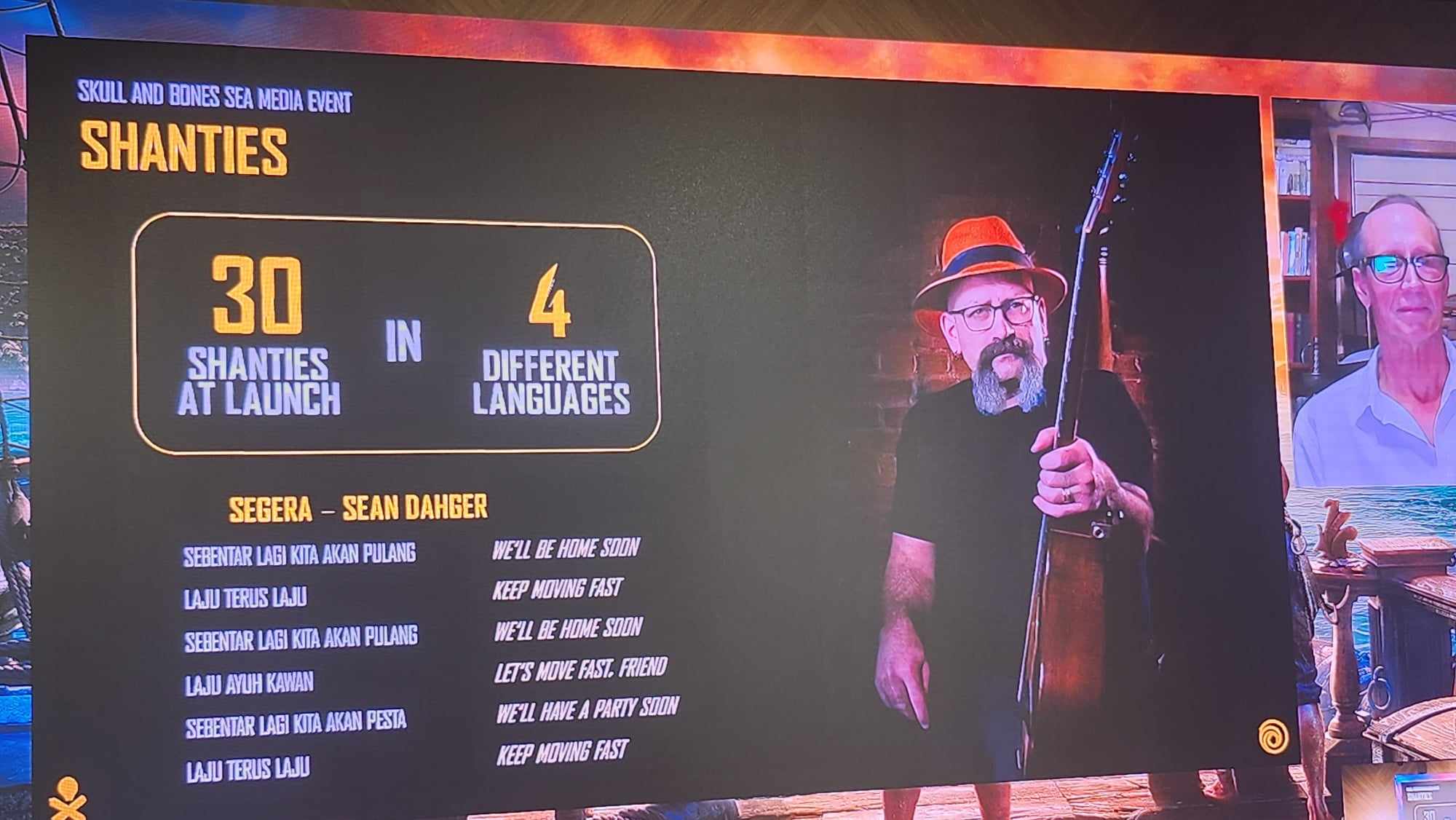
Ubisoft took creative liberties to great effect as well, as the absence of historically recorded sea shanties, which Little said would have likely been part of a pirate's life, gave Ubisoft, we feel, an excuse to commission their own sea shanties. Ubisoft tapped musician Sean Dahger to compose these sea shanties, which players are able to trigger in-game using a remote wheel.
Meanwhile, Ubisoft still made sure to preserve a high degree of realism in the game. For example, players will have to consider cargo weight and food supplies for their voyages. Evangelista also shared that the team did extensive fieldwork to make sure they recreated the game's sound effects sufficiently. For example, Evangelista shared that they asked a contractor from Germany to record the sounds of live cannons firing, recorded the chirping and singing of koel birds that are common in Asia, and shared that the Ubisoft Audio Team went to Indonesia to sail to sea to record the sound of the sea and the vessel combined.
As for Little, a fan of piracy-themed video games himself, he finds Ubisoft Singapore's depiction of the Second Golden Age of Piracy in Skull and Bones as sufficiently historically accurate and says that he looks forward to playing the game at launch. “You can never have too many pirate games,” says Little.
Skull and Bones is set to have a free public open beta from February 8-11, with game progress carrying over at launch on February 13 for those with Early Access and February 16 for everyone else. The game will be available on PC through the Epic Games Store and Ubisoft Store, as well as on consoles through the PS5 and the Xbox Series X.

